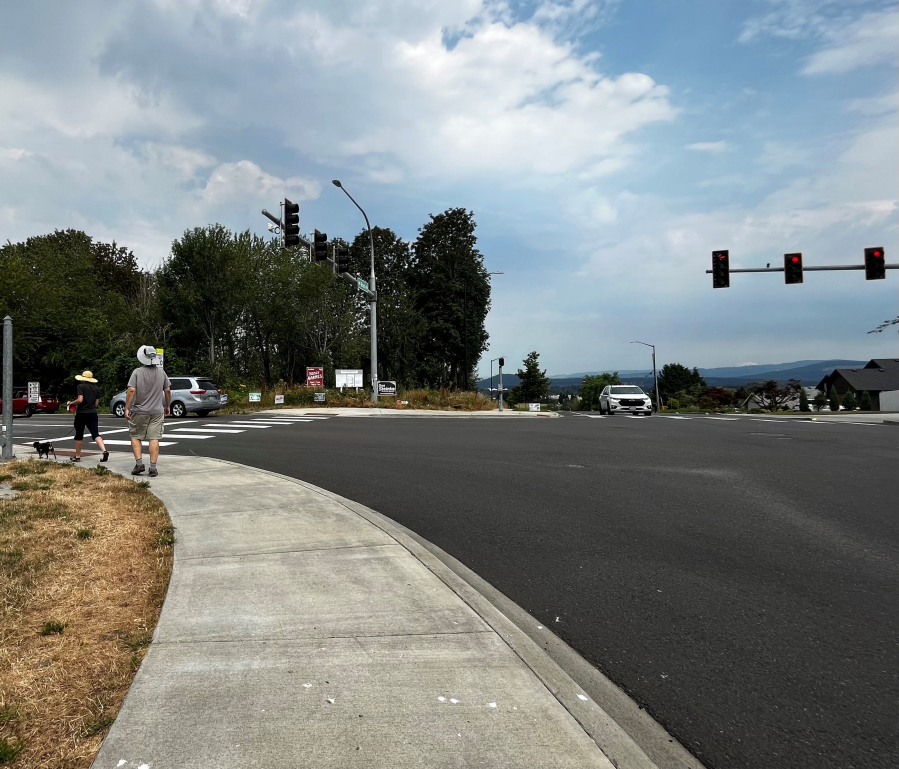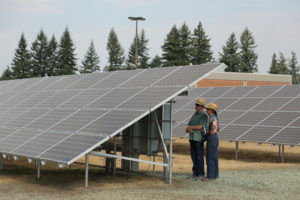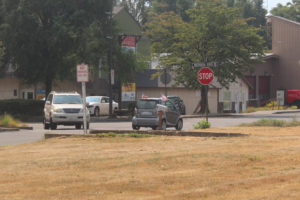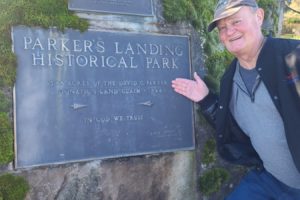An independent hearings examiner has cleared the way for Camas Station, a gas station-car wash-retail complex, to be developed at the corner of Northwest Brady Road and Northwest 16th Avenue in Camas’ Prune Hill neighborhood.
Hearings Examiner Joe Turner issued his decision on Aug. 25, more than four weeks after dozens of Camas residents and Prune Hill Elementary School parents turned out to a public hearings examiner meeting to oppose the project, citing concerns about increased traffic on a busy road that connects residential neighborhoods to a park and elementary school, as well as the gas station’s potential release of harmful, airborne chemicals like benzene.
“It is regular to see drivers … speed through there,” Amy Linder, the president of the Prune Hill Elementary School parent-teacher association (PTA) told Turner during a July 26 hearings examiner hearing on the Camas Station’s required conditional-use permit. “And now we’re talking about adding 300 to 400 trips every morning? This is a recipe for disaster.”
Turner, a third-party examiner contracted by the city to oversee land-use issues such as conditional-use permits for development proposals such as the Camas Station that are not allowed outright in a certain zone, but are permitted conditionally they meet certain city code requirements, found the proposal to subdivide the 2.16-acre parcel at the corner of Brady Road and 16th Avenue into three commercial lots and construct a 7,350-square-foot convenience store-car wash and 12-pump gas station, as well as a 3,900-square foot drive-through coffee shop-retail building, a 2,800-square-foot retail building, parking lot and six electric-vehicle charging stations, “does or can comply” with the city’s standards for a conditional-use permit.
“All of the proposed uses are allowed in the (community-commercial) zone either as conditional or outright permitted uses,” Turner stated in his decision, adding that the proposed development site “has been zoned for commercial uses since at least 2006.”




